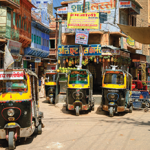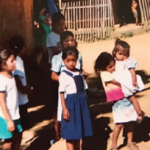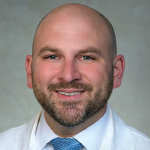My first-ever medical mission trip, after 37 years of medical practice, was to Teleman, Alta Verapaz, Guatemala. Prior to the trip, my excitement as an adult-trained rheumatologist was balanced against my apprehension about witnessing new diseases, caring for children and practicing in an austere environment with limited medical resources.
As directed by the travel clinic, my immunizations were updated, my clothes sprayed with permethrin insect repellant, the tube of insect cream I carried had over 30% DEET (N,N-diethyl-m-toluamide), and I started atovaquone/proguanil tablets for malaria prophylaxis. My carry-on suitcase and backpack were rechecked and repacked many times before this one-week journey as my itinerary and guidelines were updated.
Welcome to Guatemala
I met my medical team with medical supplies at the George Bush Intercontinental Airport in Houston on March 8, 2020. The two-and-one-half-hour flight to Guatemala City was followed by a wearisome seven-hour bus ride in the rain. We traveled at 30 miles per hour through winding green-topped mountains, many two-lane villages and finally arrived in the valley of our remote destination at nightfall.
The fatigue of the travel did not diminish my excitement. I stepped off the bus and was welcomed by a Guatemalan woman wearing a Villanova University T-shirt; this made me smile because I’ve been a Villanova basketball fan since my childhood in Philadelphia. Shortly after unloading our supplies, we met our hosts for housing.
Arnoldo was my house host and a maestro (teacher) by occupation who lives with his mama. With many shared apologies, we both quickly discovered that my un poquito Spanish was as poor as his English. As the week progressed, we managed Spanish to English translations using our iPhones. It was equally fun for both of us to use iPhone translations for simple, end-of-workday chats. The iPhone translation was especially helpful after I examined his mother in the kitchen with classic Heberden’s and Bouchard’s nodules of her hands and valgus deformities of her knees. As you can imagine, my clinical assessment was way easier than finding the correct verbiage regarding osteoarthritis (OA) and recommendations, including physical therapy.
The rain persisted the following morning at 6 a.m. Our priority was to organize medical supplies for clinic that afternoon and for the many days to follow. The raindrops rhythmically beat the metal roof above our open patio and only a cyclone fence separated us from the yakking of roosters, ducks and hens. Team members spoke above the background noise as we sorted the medications, clothing and toys, bonding over stories, past experiences and laughter. Positive energy was deep-rooted as the 20-person team, including doctors, nurses, dentists, physical therapists, engineers, teachers, students, logisticians, translators and a chaplain, got acquainted.



